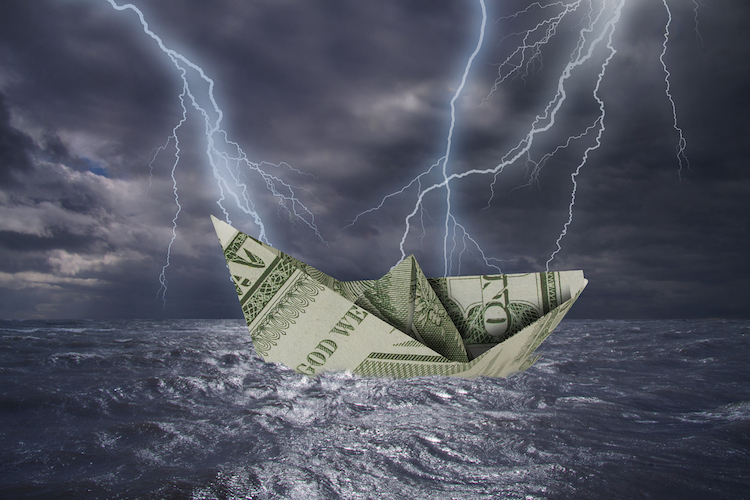
If you know me, you likely know I am originally from Argentina. One characteristic of people from Argentina is that they frequently use metaphors to describe circumstances. For example, “son of tigers” is used to express admiration to parents after their children have accomplished a big milestone. One of my favorite metaphors is “How much difference will another stripe on the tiger’s coat make?” This alludes to the fact that having an extra spot on the coat may or may not be relevant. Keep this idea in mind as you read on.
For the last few months, we have been seeing consistent downturns in milk prices. USDA announced that the All-Milk price equaled $27.10 per hundredweight (cwt.) in April 2022, but that figure was $20.70 per cwt. in April 2023. Looking at the futures market, the current Class III milk price is $15.38 per cwt. for July’s contracts, whereas this contract quoted more than $20.50 per cwt. in October 2022. From a more global perspective, the Global Dairy Trade reported that the price for whole milk powder equaled $3,780 per ton in June 2022 but $2,885 in June 2023. All this information is sufficient to highlight that a new “storm” is ahead.
Throughout my years in the dairy industry, I have built great respect for dairy farmers. Dairy farming is not just an intense and demanding activity; it has shown to be a very resilient profession that has survived several climatic adversities, social scrutiny, and multiple financial crises. Having this in mind, sometimes I feel tempted to say, “How much difference will another stripe on the tiger’s coat make?” In other words, how much harm can another crisis do to the dairy industry, especially after having a great year like in 2022?
The fact is that we might have a different type of storm coming, and dairy farmers should be prepared for this. What is different under the current context? The Federal Reserve System has been raising interest rates steadily for the last year, with the effective federal fund rate (EFFR) climbing from 0.83% in June 2022 to 5.08% in June 2023. This means that borrowing money is becoming more and more expensive. Therefore, the risk of farmers suffering financial stress can grow if they need to borrow additional money in response to reduced farm revenues.
Revenues will likely keep dipping in the near future while the financing costs for inputs are at the highest levels of the last decade. How should farmers prepare for such a scenario? I do not think there is a simple answer to this question. For sure, preparing a holistic financial management plan, and revising it periodically, should be at the top of the list of priorities.








